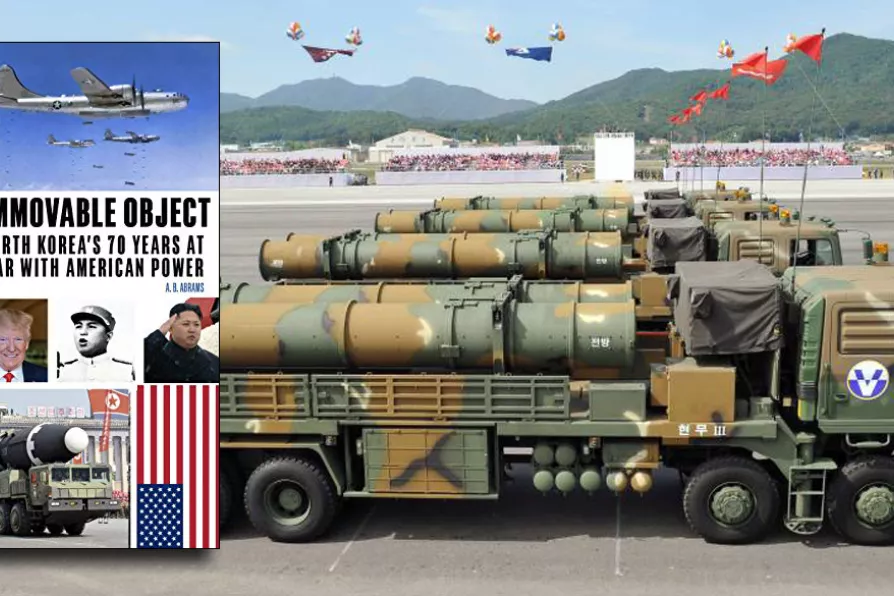The bard pays homage to his two muses: his wife and his football club
Immovable Object: North Korea’s 70 years at War with American Power
Exposé of Washington's malign operations on Korean Peninsula over the decades

 Cruise missiles on display
[Teukwonjae707/Creative Commons]
Cruise missiles on display
[Teukwonjae707/Creative Commons]
AS AB Abrams points out in his book Immovable Object, by launching a war on Korea in 1950, the United States and its allies succeeded in preventing the imminent peaceful reunification of the country and the holding of elections.
According to sources ranging from the CIA to the Kremlin, the elections would have brought about a democratic victory for the North Korean government, due to its considerable popularity among the southern population.
But, just as later in Vietnam, US aggression prevented a popularly elected government peacefully and democratically reunifying the country.
Similar stories

Between military provocations against the DPRK and factional warfare at home, President Yoon’s martial law crisis continues to rock the South Korean state — and the US has to have known it was coming, writes KENNY COYLE













